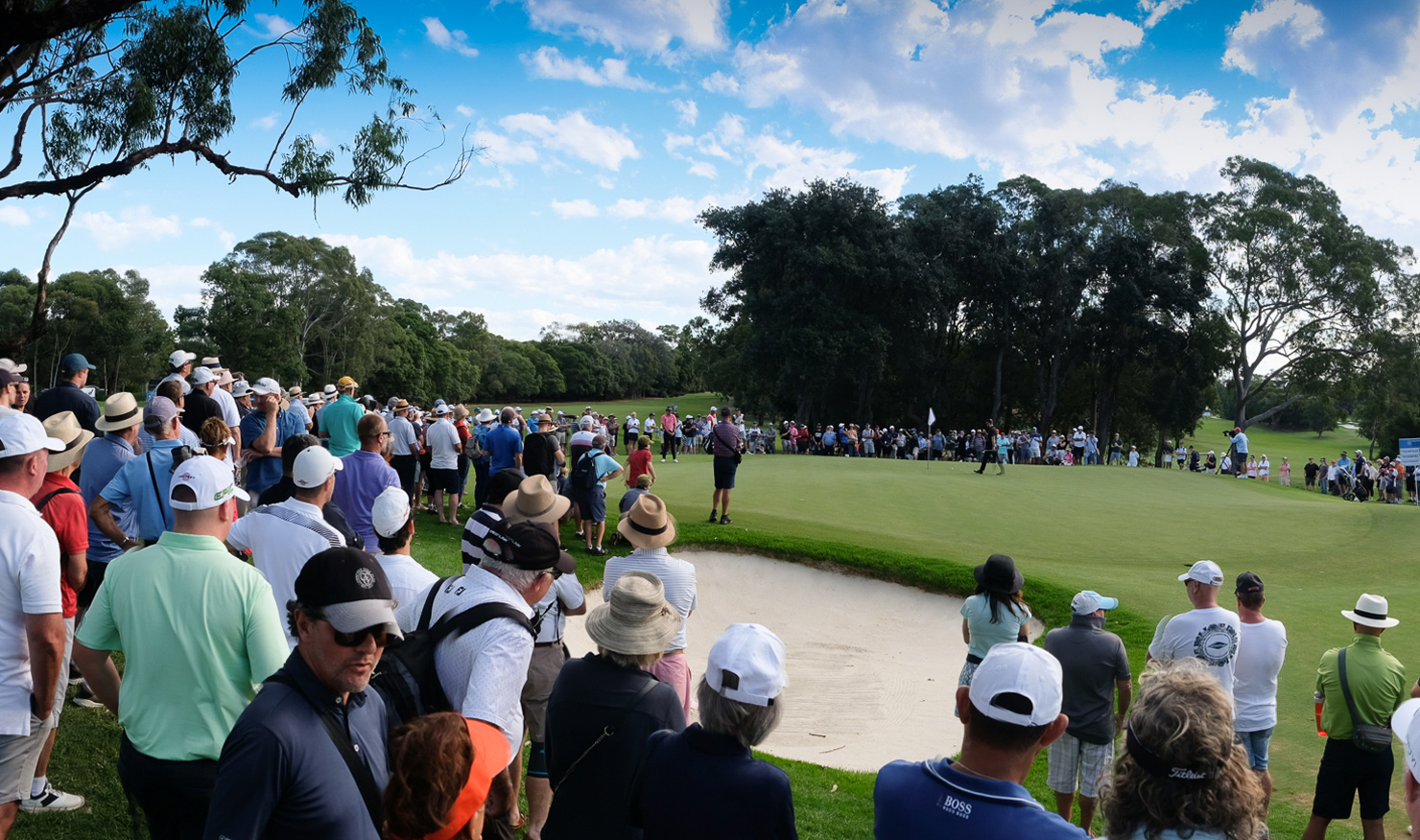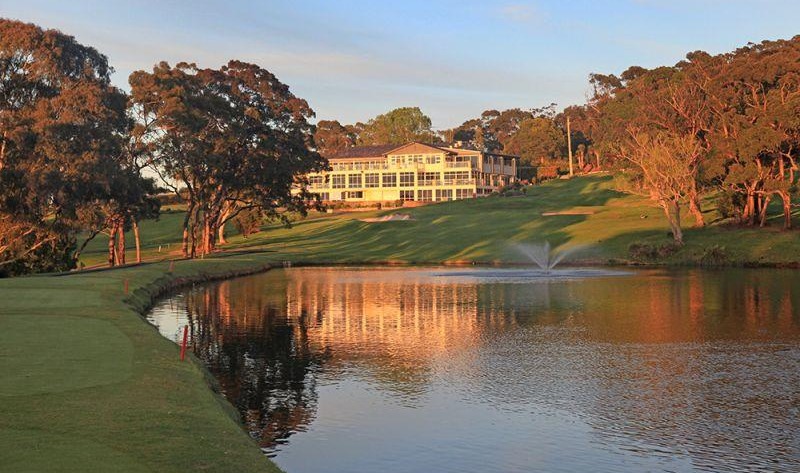01 Apr 2021 | Feature stories |
CLAYTON: Why Concord is flying high again
by Mike Clayton

Last week’s New South Wales Open at Concord finished the oddest season of championship golf in Australian since the 1920s and 1930s when Joe Kirkwood and Walter Hagen were playing both exhibition matches and tournaments to promote the fledgling game in this country.
With no Australian Open, PGA Championship, or Victorian Open – staples of the PGA Tour of Australia for decades – the pickings were relatively slim, but the pros were playing and spectators were back walking the fairways and watching golf from behind as they did in the days of Hagen and Kirkwood. It’s a much more satisfying way to observe the play than being stuck behind ropes down the sides of the holes.
An added bonus as was playing at Rosebud, Bonnie Doon and Concord, all on the short side for professional golf, but courses of architectural merit and worthy of the attention such first-class play brings.
Bryden Macpherson was the player off the summer with a couple of wins and a trio of finishes in the top five and assuming there is still a "Rookie of the Year" award, 18-year-old Elvis Smylie, with second-place finishes at Rosebud and Concord and a third at Bonnie Doon, has that sewn up.
As interesting last week to someone who played tournaments at Concord all the way back to the 1980s was the transformation of the golf course.
So many of Sydney’s courses are cramped for space and there is always the feeling the original architects was forced to fit 18 holes into space enough for 15 or 16. Concord is but one of them and despite the greens being some of the best surfaces we played on all year, it was a frustrating assortment of a few good holes mixed with flawed architecture no one ever seemed willing to address.
The 5th was a bad three-shotter, dog-legging around a boundary, and the 8th was another par five with a horribly misplaced copse of trees encroaching far too far across the line of the second shot.
The back nine began with consecutive par-threes, which is an oddity rather than a crime, but the 13th was a lousy short par four, and the 15th green was hidden behind trees from the left half of the fairway, which is always a crime.
The green at the 18th was best played at from the left, yet the fairway bunkers were on the right. All they did was encourage you to play to the easier side of the fairway from which you already had an advantage for the approach.
At Royal Melbourne, by contrast, the ideal line often requires a great drive, but you’re always welcome to play away from the trouble if you're willing to take on a noticeably more onerous approach.
Concord called in American architect Tom Doak who, with his associate Brian Slawnik, transformed the course. The glaring mistakes are fixed and they built a great set of greens.
The old 5th is broken up into a short par four and a long par three, the offending trees removed from the 8th, 13th and 15th holes and a drive challenging the fairway bunkers at the finishing hole is rewarded with an approach shot from a better angle.
The greens were all changed from the originals and each one has an interesting feature, ensuring players are always thinking about the consequences of missing in the wrong place.
The drivable opening hole has a green that reminds you of the 3rd on Royal Melbourne West with a noticeable tilt from front to back to make pitching tricky - a brilliant defence against those driving at the green.
The surface of the short par-four 5th hole is blind from back on the fairway and while driving the green is tempting, it’s a stupid shot.
The wild 8th green, on which Smylie holed a 5-iron for an albatross on Saturday, asks for quite different shots depending on where the pin is cut.
Only the 14th green at The Lakes is more extravagantly contoured and while that style would be completely inappropriate on anything but a short par five, both work well because they make for interesting long second shots or pitch shots for those playing them in three.
There are lessons for so many clubs to be gleaned from the transformation of Concord. The first is that trees are best used as a part of the scenery, as opposed to imposing themselves on to the stage.
It is a simple principle the great English architect Harry Colt was fond of emphasising, but it is one largely misunderstood by many golfers unable to fathom why anyone would want to remove perfectly healthy trees. That they happen to be ruining what could be a perfectly good hole is something lost on many.
By removing trees and opening up the course, the effect is to make what is a quite tight and small course feel far more expansive than it really is.
It goes against the instincts of many who think the best way to make a course on a small piece of property safe is to line every fairway with trees when the opposite is, in fact, the case.
Golf course architecture in Australia has come a long way since the early 1980s when Kingston Heath began what was seen at the time as a radical transformation of its course.
The work at Concord is another important step and while neither a long nor particularly difficult course, it’s perfect for the members who, after all, are the ones paying the bills.
Join our newsletter
Get weekly updates on news, golf tips and access to partner promotions.
Related News
Cameron Smith scholars announced for 2025
Hamish Farquharson and Chase Oberle will spend time with the 2022 Open Champion in the United States as part of the 2025 Cameron Smith Scholarship.
Monash Country Club to host Australian Senior Amateur
The Australian Senior Amateur is headed to New South Wales in 2025 with the magnificent facility at Monash Country Club playing the host.
Herbert qualifies for The Open at Portrush
Lucas Herbert will play just his second major in the past two years after he topped Final Qualifying at West Lancashire to secure a place in The Open.


